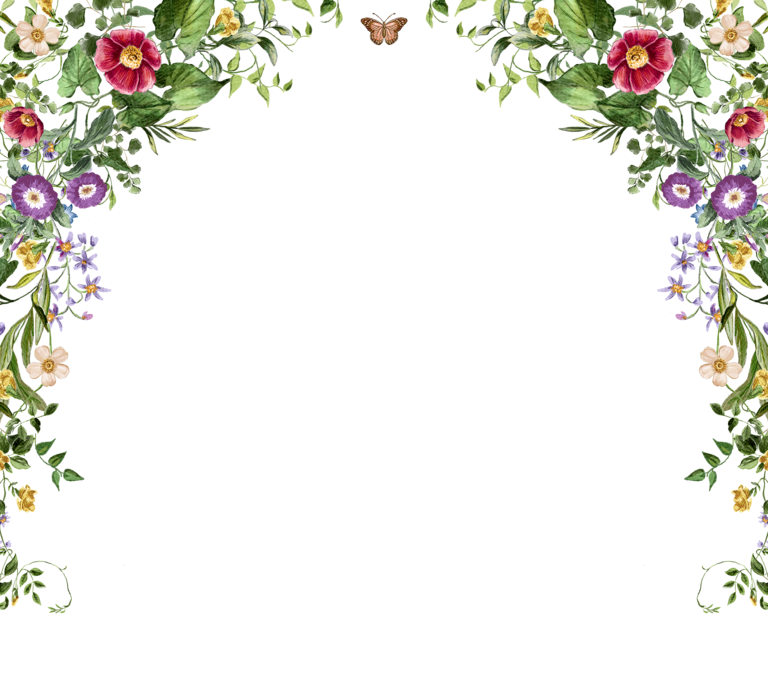
Jason & Cecily
Jason & Cecily
Q + A
I am attending a Catholic wedding, but I am not Catholic. What can I expect?
Should I come forward to receive the Eucharist when everyone else lines up to do so?
For our fellow Christians:
We welcome our fellow Christians to this celebration of the Eucharist as our brothers and sisters. We pray that our common baptism and the action of the Holy Spirit in this Eucharist will draw us closer to one another and begin to dispel the sad divisions which separate us. We pray that these will lessen and finally disappear, in keeping with Christ's prayer for us "that they may all be one" (Jn 17:21).
Because Catholics believe that the celebration of the Eucharist is a sign of the reality of the oneness of faith, life, and worship, members of those churches with whom we are not yet fully united are ordinarily not admitted to Holy Communion. Eucharistic sharing in exceptional circumstances by other Christians requires permission according to the directives of the diocesan bishop and the provisions of Canon law (Canon 844 § 4). Members of the Orthodox Churches, the Assyrian Church of the East, and the Polish National Catholic Church are urged to respect the discipline of their own Churches. According to Roman Catholic discipline, the Code of Canon Law does not object to the reception of communion by Christians of these Churches (Canon 844 § 3).
For those not receiving Holy Communion
All who are not receiving Holy Communion are encouraged to express in their hearts a prayerful desire for unity with the Lord Jesus and with one another.
For non-Christians
We also welcome to this celebration those who do not share our faith in Jesus Christ. While we cannot admit them to Holy Communion, we ask them to offer their prayers for the peace and the unity of the human family.
How do I receive a blessing from the priest during communion?
Catholic Wedding Guest Dress
For wedding guests, deciding what to wear may be a stressful affair. You may be concerned not only about the style of attire you should wear to the wedding but also about the colors you should wear.
So, how should you dress for a Catholic wedding?
Because most Catholic weddings are semi-formal, males should wear shirts and ties, if not suits. On the other hand, women can dress in skirts, dresses, or even dress pants. So, modesty is essential.
Also, Catholic weddings aren’t that dissimilar from other types of weddings.
Catholic Wedding Guest Dress for Men
Men attending a Catholic wedding should dress conservatively, with a shirt and tie at the very least, though a suit is ideal. Hats are not permitted for male visitors at the wedding, and cut-off shirts that reveal the arms, which are inappropriate for the occasion, should be avoided.
Catholic Wedding Guest Dress for Women
At Catholic weddings, women should wear modest attire. While in the church, it’s advisable to cover your arms and back with a shawl or tiny jacket; these can be removed during the reception.
Wearing a noticeably short dress at a wedding is also bad etiquette; the dress should not show the thighs when a woman sits down. Also, avoid wearing white—this is the color of the bride’s gown.
If you hate wearing dresses, it’s ok to wear tailored pants.